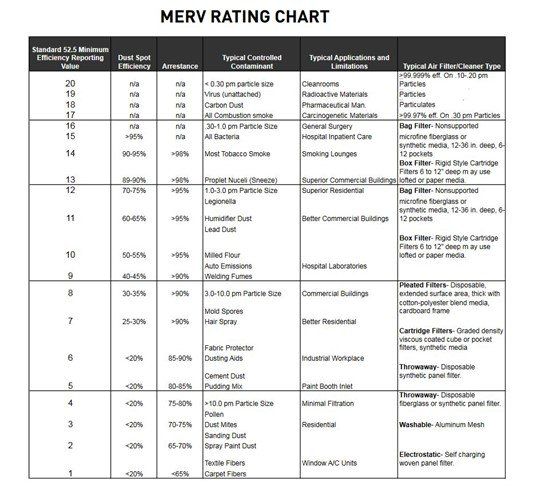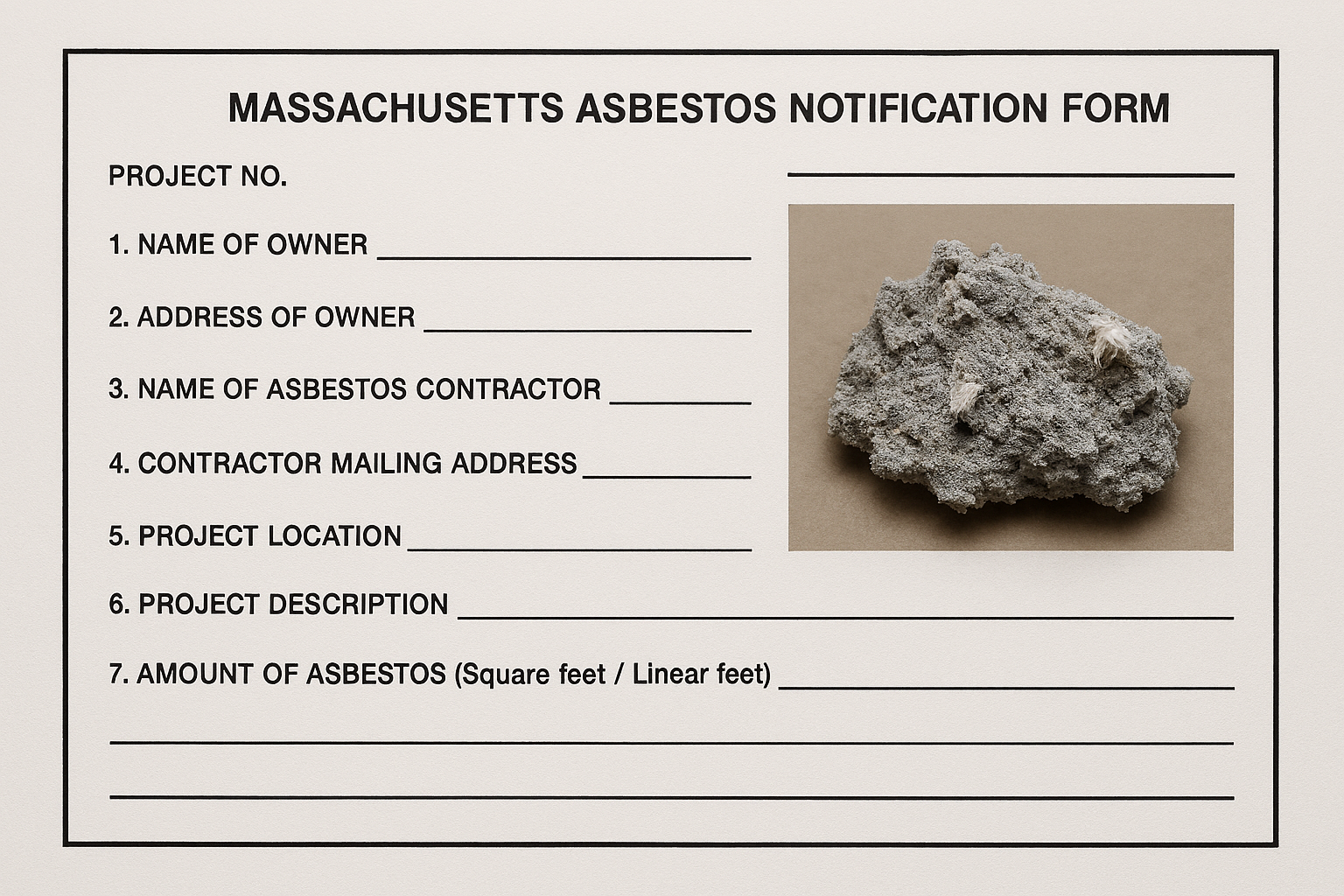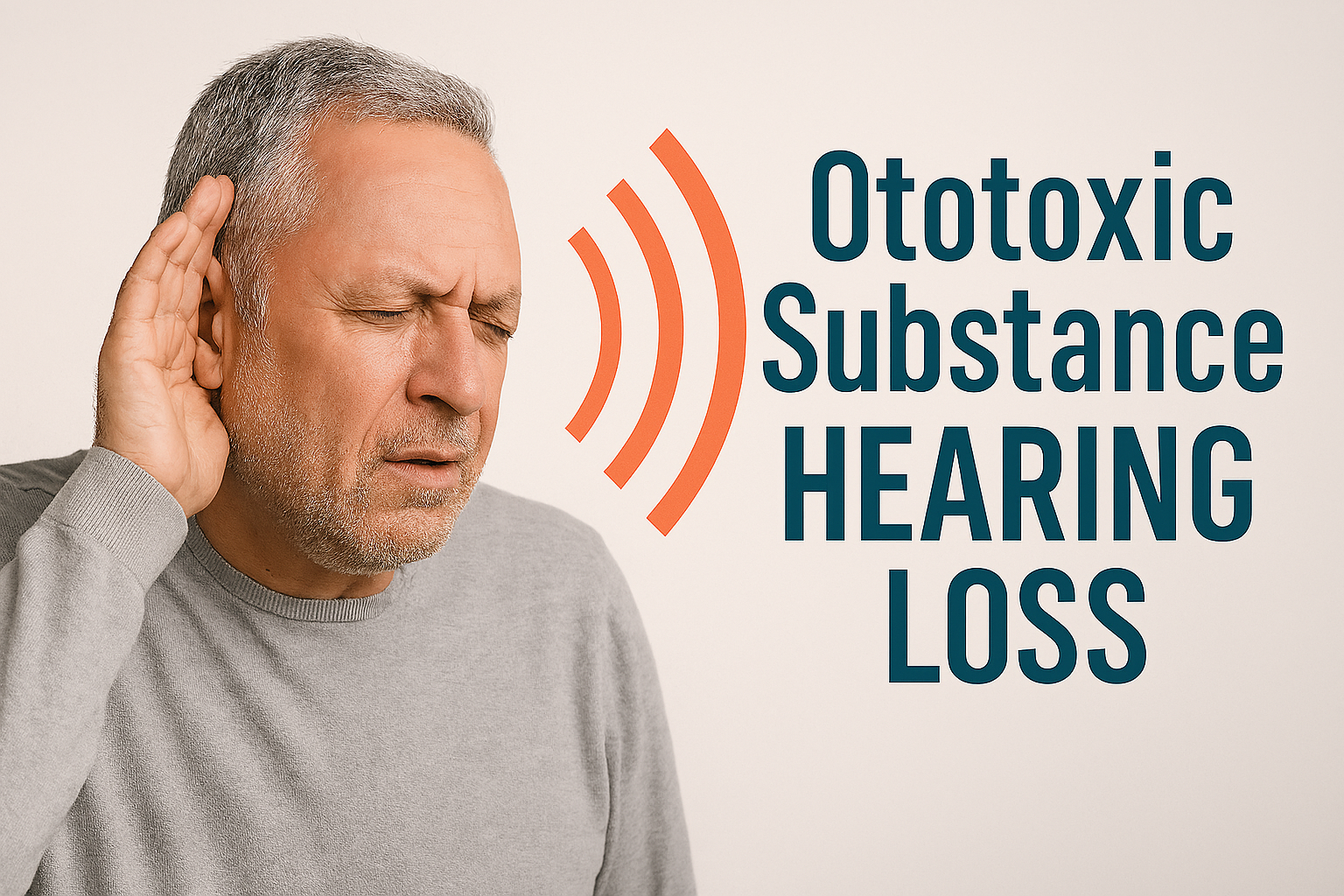Unfortunately, many who spend most of their days within office or school buildings have little to no idea how much fresh makeup air is being introduced to the space. Even if they did know, most would not be able to determine whether it was sufficient for reduction of viral spread.
Recently, the American Society of Heating, Refrigerating and Air-Conditioning Engineers released recommendations for ways that building managers and owners can increase the chances of a successful return to on-site occupancy. These recommendations fall into four main categories:
- Increased ventilation
- Increased filtration
- Energy recovery ventilation systems operation considerations
- Building exhaust air re-entrainment
For the sake of this article, we will focus on the first two elements: ventilation and filtration.
Increased Ventilation
The first step in increasing ventilation is to understand the system itself and how it is functioning. This can be accomplished by hiring third party consultants that can examine the system, measure ventilation rates, and determine whether the system is balanced.
Once the current state of the ventilation system is known, it should be determined how it may be altered to increase outdoor air to rates recommended by ASHRAE. According to ASHRAE, the system should bring in as much outside air as the system will allow during occupied hours. During non-pandemic times, the organization already calls for 17 cubic feet per minute of makeup air per person. Ideally, outdoor air delivery would exceed this rate for occupancy during a pandemic.
Prior to and following occupied hours, ASHRAE recommends flushing the interior space for as long as is needed in order to achieve 3 total air changes. For most systems, this can be accomplished in approximately two hours for each flushing event.
Of course, one must take into consideration that increasing ventilation will put the building at more of a positive pressure. An Indoor Air Quality Consultant can help assess pressurization differentials amongst spaces and make recommendations for preventing undesired consequences.
Increased Filtration
Most ventilation systems mix outdoor air with return indoor air. This being the case, it makes sense that filtration is of utmost importance. It certainly is not desirable for viral respiratory particles to be re-entrained and reintroduced to the building interior.
HVAC filter efficiency is reported using the Minimum Efficiency Reporting Value, also known as the “MERV” value. The higher the MERV value, the more efficient the filter is at filtering out small particles. The following chart shows the different MERV ratings and what size particles they are able to filter.
ASHRAE recommends that filters the at least a rating of MERV 13 be used to filter respiratory particles. Of course, MERV 13 filters should not just be inserted into the existing system; rather, the current system must be evaluated in order to determine whether or not it can accommodate a filter with this level of efficiency.
Third Party Assistance
Of course, increasing ventilation and upgrading filtration is not as easy as simply swapping out a filter and ramping the system to its maximum capacity. A variety of considerations must be taken into account during this process, including building pressurization, the location of HVAC registers and returns, heating and cooling demands depending on climate, system efficiency, cost, and the like. A company like Cashins & Associates can help assess the system, measure ventilation, and make practical recommendations for preparing the system for increased occupancy during and following this pandemic.
Click the button below to check out our COVID-19 Back to Work Assistance Service Offerings. We can evaluate any workplace and determine "COVID-19 Readiness". If there are deficiencies we provide a roadmap to success to meet all current guidance recommendations and State Requirements. This assures that you and your company have taken all measures needed to open and provides comfort to your employees that are returning to the workplace.






